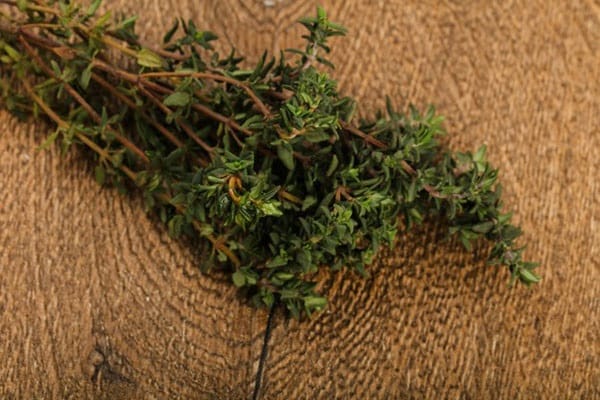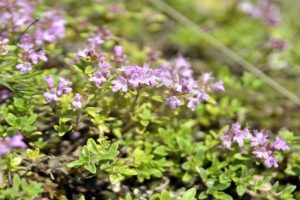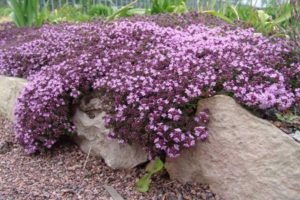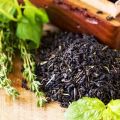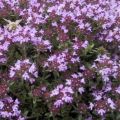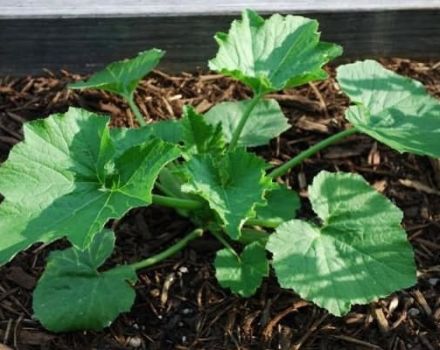Useful properties of the lemon-scented Silver Queen thyme, planting and care features
The leaves and flowers of the perennial thyme Silver Queen look great on an alpine slide, decorate flower beds, and are used in cooking and folk medicine.
For a long time, thyme, or thyme, was considered a divine herb that returned health to the sick, and life to the dying. In the Middle Ages, women embroidered a plant on their husbands shirts, believing that it would reward with strength and courage. In Russia, icons were decorated with grass, when they celebrated the feast of the Assumption of the Virgin, they were used to treat all diseases. In ancient Greece, thyme was added to food.
Silver Queen specifics
The lemon-scented thyme was discovered much later. This short shrub with a slightly pubescent stem arose in the process of natural crossing of two species of thyme - flea and common. It is spreading, it grows upwards. Leaves and inflorescences, reminiscent of an ear, smell like lemon.
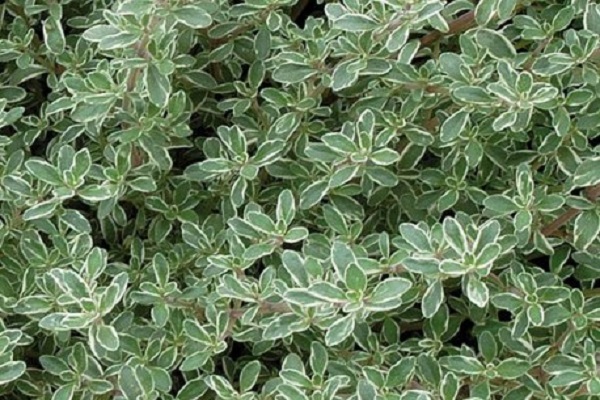
The most popular among the varieties of this type of thyme is Silver Queen. The height of the stem does not exceed 20 cm, peduncles - 30. The semi-shrub has a hummocky shape, has ascending shoots. Oval leaves with short stalks differ:
- light green;
- edges bent down;
- glands in the form of dots;
- white border;
- silver accents.
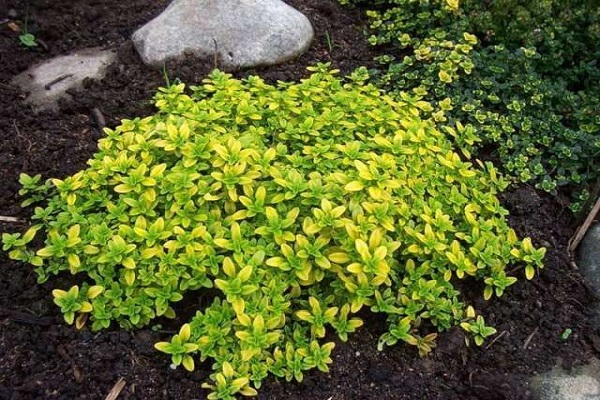
In width, the perennial grows up to 80 cm. Small lilac flowers at the ends of the branches gather in spike-shaped brushes, attracting bees with their smell. The aroma contains notes of anise, lemon and cumin. Thyme buds appear in June. In August, fruits that look like bolls ripen. They contain nuts with seeds.
Beneficial features
The top of the lemon thyme is used in cooking. The spice improves the taste of fish and meat, is used in the production of alcoholic beverages, in the canning industry. In the gardens, Silver Queen fills rock gardens with a flowering carpet, decorates curbs, paths, stone slopes, spreading a pleasant smell around. The plant is rich in:
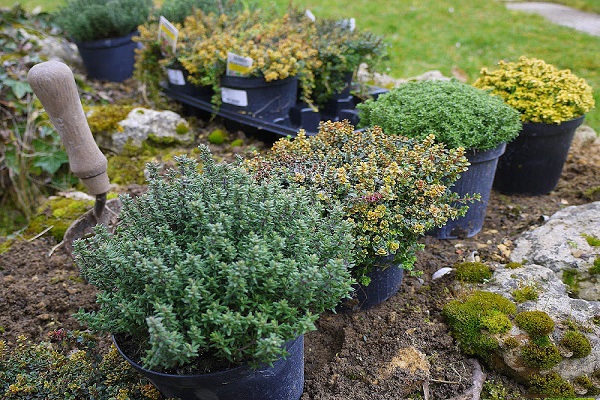
- organic acids;
- essential oils;
- flavonoids;
- resins;
- tannins.
Thyme tincture Silver Queen used for pneumonia, bronchitis. Compresses and baths from the stems and leaves of the plant reduce pain in arthritis, gout, bruises.
Medicines from the fragrant bush are used in the treatment of:
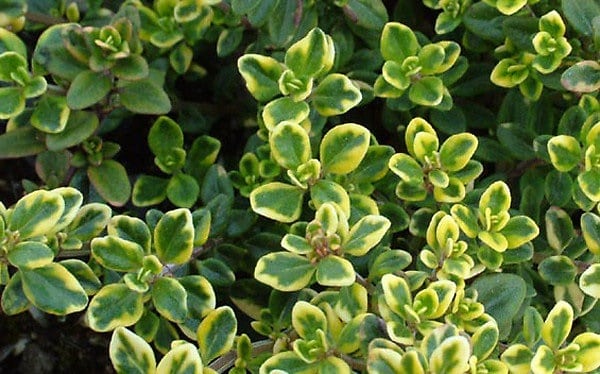
- female diseases;
- severe cold;
- pathologies of the digestive tract.
Thyme oil heals wounds, the decoction removes dandruff, copes with acne. The components present in Silver Queen have a negative effect on bacteria and calm the nerves.
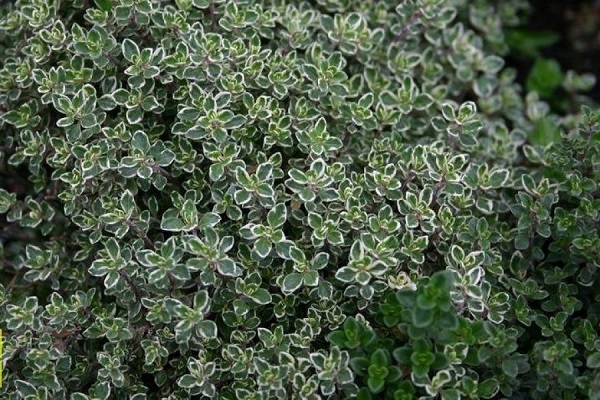
Landing dates
In open ground, hybrid varieties of thyme are sown in the spring, you can do this in the fall. The culture develops slowly, in order to accelerate its growth, seedlings are planted in March, which are then moved to a flower bed or garden bed. In the summer months, thyme is propagated by dividing a bush or using harvested cuttings. Sprouts appear when the air temperature leaves the 20-degree mark.
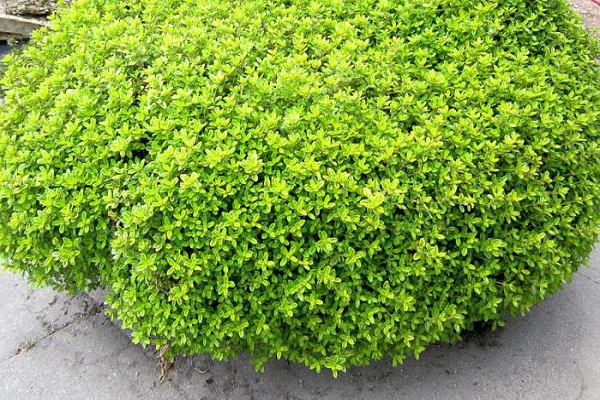
Seed preparation
Every landowner can grow a fragrant green carpet in the garden, however, Silver Queen seedlings sprout for a long time and uncomfortably due to the high content of essential oils. The material for planting thyme must be collected in early autumn, when the flowering of the dwarf shrub stops. So that it does not rot, but is well stored, dry it. Immediately before sowing, the seeds should be kept in warm water for up to 12 hours.

Soil preparation
Silver Queen thyme loves the sun. It grows in the shade, but then the stems stretch out, the thyme does not release peduncles. It is advisable to choose a site for a shrub in places that are not penetrated by the wind. Thyme takes root in rocky soil, but loves light, fertile soil, dies when water stagnates.
A bed for a lemon-smelling thyme needs to be dug up with a bayonet or two shovels, to remove the remnants of the previous culture and weeds. It is better to do this in the fall, repeat and loosen in the spring. Soil with high acidity is limed. The land is fed with organic matter and minerals.
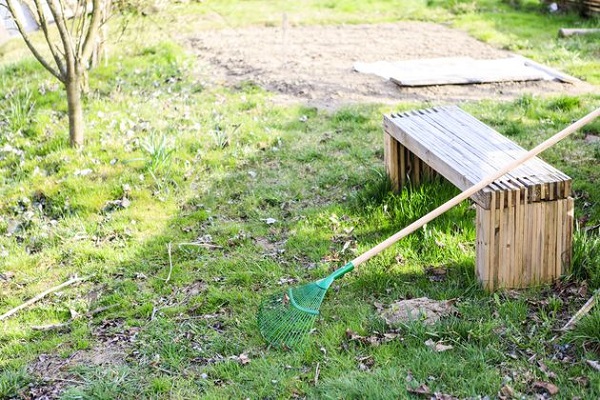
Landing
Thyme seeds are sown on the garden bed in early spring to a depth of up to a centimeter, leaving about 20 cm between rows. Sprinkle the holes with earth on top, cover with foil until the sprouts emerge.
To speed up the appearance of the green carpet, the seedlings are prepared first. For this, peat and sand are placed in the container. The soil is watered and the seeds are buried into it by 5 cm. The box is placed in a warm place, covered with polyethylene. When shoots appear, the container is transferred to the windowsill. The bushes are watered and thinned. In May, thyme seedlings are moved into open ground along with the ground. So that the water does not stagnate, sand is poured at the bottom of the holes.
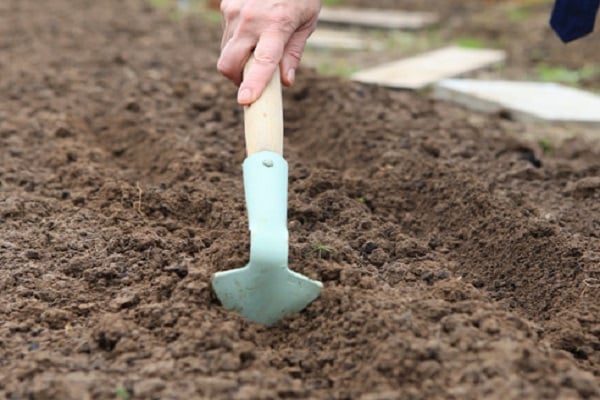
Plant care
Silver Queen thyme will delight you with aroma and massive flowering only if the basic conditions for growth and development are provided. In addition to choosing a site and preparing the soil, it is necessary to uproot the weeds, loosen the ground so that air can flow to the roots.
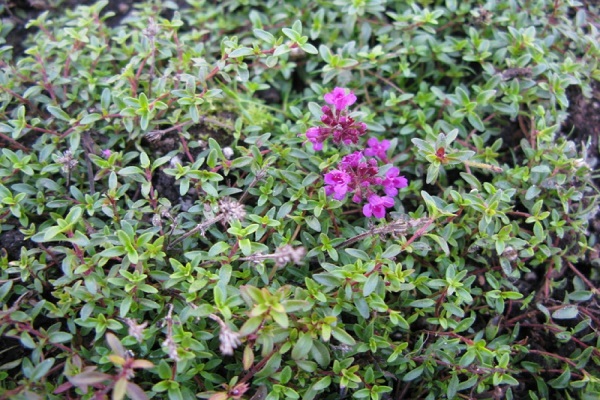
Watering
Thyme normally tolerates drought, only when there is no rain for a long time and it is hot, you need to moisten the soil in the garden bed or in the garden. Water will not quickly evaporate when mulching the soil with straw, sand. It cannot be allowed to stagnate either.
After watering, which is sufficient once a week, the soil is loosened well.
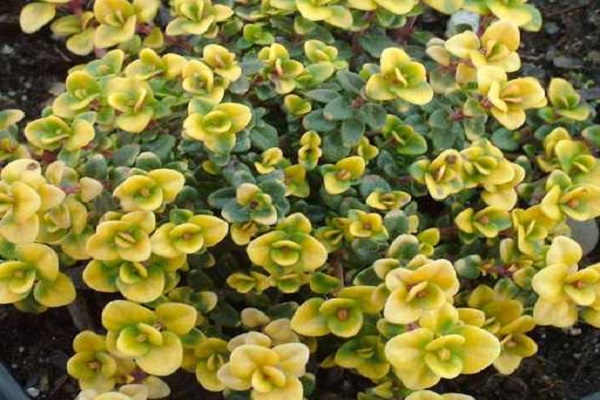
Fertilizers
The Silver Queen thyme also grows on rocky slopes, but blooms magnificently in fertile areas. Digging up the earth in the fall, organic matter is introduced into it - compost, rotted manure. In the spring, until the sprouts of thyme emerge, the beds are sprinkled with ash, fed with urea. Fertilize the crop during pruning, which is done when the thyme has faded. In regions where there is little snow in winter, hybrid varieties of thyme are covered with spruce branches.

Diseases and pests
The fragrant substances present in thyme are not to the liking of insects, most of them do not sit on the green carpet. Not afraid of smell:
- weevils;
- meadow moths;
- aphid.
To protect against these pests, thyme is sprayed with insecticides. When the water stagnates, the roots rot, the thyme is affected by the fungus. It tolerates excess moisture much worse than drought.
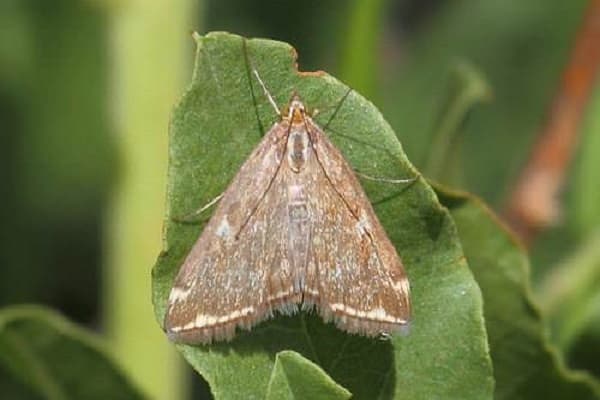
Collection and storage
Silver Queen thyme is grown not only to decorate flower beds and alpine hills, but also as a seasoning and medicine. To prevent the thyme from losing its smell and bitter taste, the rules for its collection and storage must be observed. Leaves and stems are added to meat and fish. They must be harvested when the plant blooms. Dry the thyme without rinsing, spreading it evenly on a cloth or paper in a well-ventilated area.Thyme should not be left in the oven as the essential oils will evaporate immediately.
Proper collection and storage allows using Silver Queen thyme not only as a spice, but also as a medicine for heartburn, colds, for healing wounds, calming nerves, and relieving pain.
With timely collection and storage in a glass jar, thyme does not lose its beneficial properties for two years.
